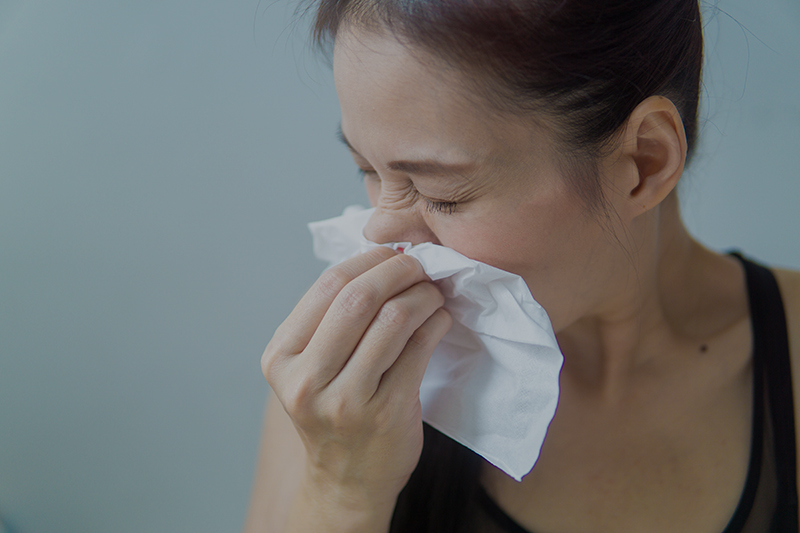Vardouniotis A, Doulaptsi M, Aoi N, Karatzanis A, Kawauchi H, Prokopakis E.
Curr Allergy Asthma Rep. 2020 May 19;20(7):22. doi: 10.1007/s11882-020-00925-5.
Chronic rhinitis can be classified in allergic rhinitis and non-allergic rhinitis (NAR). Allergic rhinitis is an inflammatory disease of the nasal mucosa with symptoms such as nasal discharge, sneezing, nasal itching and congestion. It is characterized by eosinophilic inflammation as a result of IgE-sensitization to seasonal or perennial aeroallergens. NAR is a highly heterogeneous group that includes disorders characterized by either immunological or neurogenic inflammation (hormonal rhinitis, rhinitis of the elderly, gustatory rhinitis, drug-induced rhinitis and occupational rhinitis).
Local allergic rhinitis (LAR) is neither classical allergic rhinitis neither NAR. Its symptoms, duration, severity and complications are similar to those of allergic rhinitis and can affect adults and children. It is characterized by a localized nasal allergic response and the absence of systemic atopy since specific IgE antibodies are produced locally. A Th2 pattern of mucosal cell infiltration during natural exposure to aeroallergens and a positive nasal allergen provocation test (NAPT) response, with the release of inflammatory mediators such as mast cells, eosinophils, IgE, B cells, and T cells, are detected.
LAR is an underdiagnosed entity that affects a significant number of people with chronic rhinitis, mainly in Mediterranean countries. It is a chronic condition that tends to worsen and is associated with conjunctivitis and bronchial symptoms. Its diagnosis is a challenge and should be based on a detailed clinical history, the demonstration of a nasal allergic response to aeroallergens by NAPT in patients with negative skin prick test and non-detectable serum sIgE, and the exclusion of chronic rhinosinusitis with/without nasal polyps.
Oral antihistamines and intranasal corticosteroids, alone or in an intranasal formulation of fluticasone + azelastine in severe cases, are the two traditional bases of allergic rhinitis treatment. Clinical experience indicates that these drugs are similarly effective in LAR patients. Also, subcutaneous immunotherapy has shown to be effective and well tolerated in LAR. A correct early diagnosis through nasal allergen challenge enables the establishment of an etiologic treatment, improving quality of life and preventing the development of lower airway disease.





